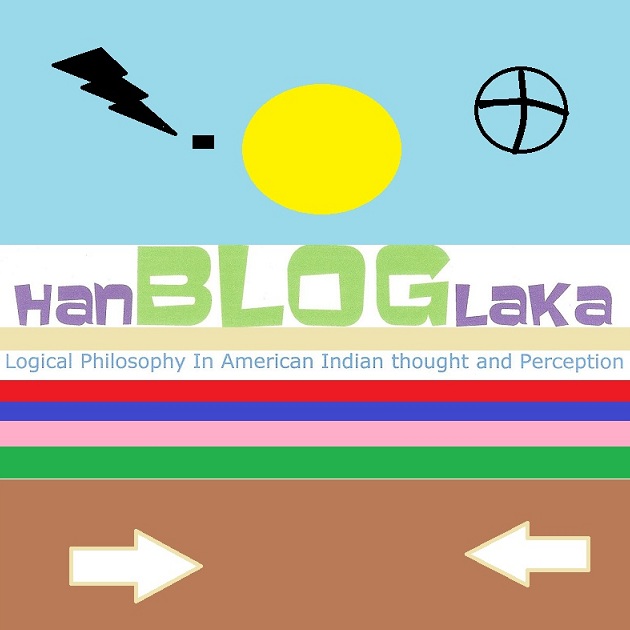 |
|
Harold R. (Hal)
Foster’s Prince Valiant
© Respective
copyright/trademark holders.
|
III
Definition and Systematic Ambiguity of Truth and Falsehood.
Since "(x) . φx"
involves the function φx^,
it must, according to our principle, be impossible as an argument to φ.
That is to say, the symbol "φ{(x) . φx}" must be
meaningless. This principle would seem, at first sight, to have certain
exceptions. Take, for example, the function "p^ is false," and
consider the proposition "(p). p is false." This should be a
proposition asserting all propositions of the form "p is false." Such
a proposition, we should be inclined to say, must be false, because "p is
false" is not always true. Hence we should be led to the proposition
"{(p). p. is false} is false,"
i.e.
we should be led to a proposition in which "(p) . p is false" is the
argument to the function "p^ is false," which we had declared to be
impossible. Now it will be seen that "(p) . p is false," in the
above, purports to be a proposition about all propositions, and that, by the
general form of the vicious-circle principle, there must be no propositions
about all propositions. Nevertheless,
it seems plain that, given any function, there is a proposition (true or false)
asserting all its values. Hence we are led to the conclusion that "p is
false" and "q is false" must not always be the values, with the
arguments p and q, for a single function "p^ is false." This,
however, is only possible if the word "false" really has many
different meanings, appropriate to propositions of different kinds.
That the words "
true" and "false" have many different meanings, according to the
kind of proposition to which they are applied, is not difficult to see. Let us
take any function φx^, and let φa be one of its values. Let us call the sort of
truth which is applicable to φa "first truth."
(This is not to assume that this would
be first truth in another context: it is merely to indicate that it is the first
sort of truth in our context.) Consider now the proposition (x) . φx. If this has truth of the
sort appropriate to it, that will mean that every value φx has "first
truth." Thus if we call the sort of truth that is appropriate to (x) . φx "second truth," we may define "{(x) . φx} has second
truth" as meaning "every value for φx^ has first truth," i.e. "(x). (φx has first truth)." Similarly, if we denote
by "(∃x). φx" the proposition
"φx sometimes," i.e. as we may less accurately express it, "φx with some value of
x," we find that (∃x) . φx has second truth if there is an x with which φx has first truth; thus we may define " {(∃x) . φx} has second truth" as meaning "some
value for φx^ has first truth," i.e. "(∃x) . (φx has first truth)."
Similar remarks apply to falsehood. Thus "{(x) . φx} has second
falsehood" will mean "some value for φx^ has first
falsehood," i.e. "(∃x) . (φx has first
falsehood)," while "{(∃x). φx} has second falsehood" will mean "all
values for φx^ have first falsehood," i.e. "(x) . (φx has first
falsehood)." Thus the sort of falsehood that can belong to a general
proposition is different from the sort that can belong to a particular
proposition.
Applying these
considerations to the proposition "(p).
p is false," we see that the
kind of falsehood in question must be specified. If, for example, first
falsehood is meant, the function "p^
has first falsehood" is only significant when p is the sort of proposition which has first falsehood or first
truth. Hence "(p). p is false" will be replaced by a
statement which is equivalent to "all propositions having either first
truth or first falsehood have first falsehood." This proposition has
second falsehood, and is not a possible argument to the function "p^ has first falsehood." Thus the apparent exception to the principle
that "φ{(x). φx}" must be
meaningless disappears.
Similar considerations will enable us to deal with
"not-p" and with "p or q."
It might seem as if these were functions in which any proposition might appear as argument. But this is due to a
systematic ambiguity in the meanings of "not" and "or," by
which they adapt themselves to propositions of any order. To explain fully how
this occurs, it will be well to begin with a definition of the simplest kind of
truth and falsehood.
 |
|
Archie Andrews
Gang © Respective copyright/trademark
holders.
|
It is not difficult to see how this perception of a graduated value system of truth and falsehood benefits ambiguity and belies structured systems of laws and religious dogma. The truth of these assertions is also clear and we plainly deal with them constantly in common and extraordinary circumstances; e.g. a twelve year old girl is not allowed to drive the car by her parents or the police authorities. While on a family camp-out, her parents are hurt in a fall in a remote area and she hikes back to the car and drives to a place with cell service and calls for help. First truth in this example, law and custom forbid unlicensed people from driving; second truth is this young girl can’t be responsible or capable of driving. Conversely in this example the second truth corresponds to the first falsehood, for the young girl could and did drive responsibly; also the first truth is the converse of the second falsehood in that license laws can fade in importance in a case of emergency.
 |
|
Script, Pencils and Inks: Steve Ditko ©
Respective copyright/trademark holders.
|
 |
|
Harold R. (Hal)
Foster’s Prince Valiant
© Respective
copyright/trademark holders.
|


No comments:
Post a Comment